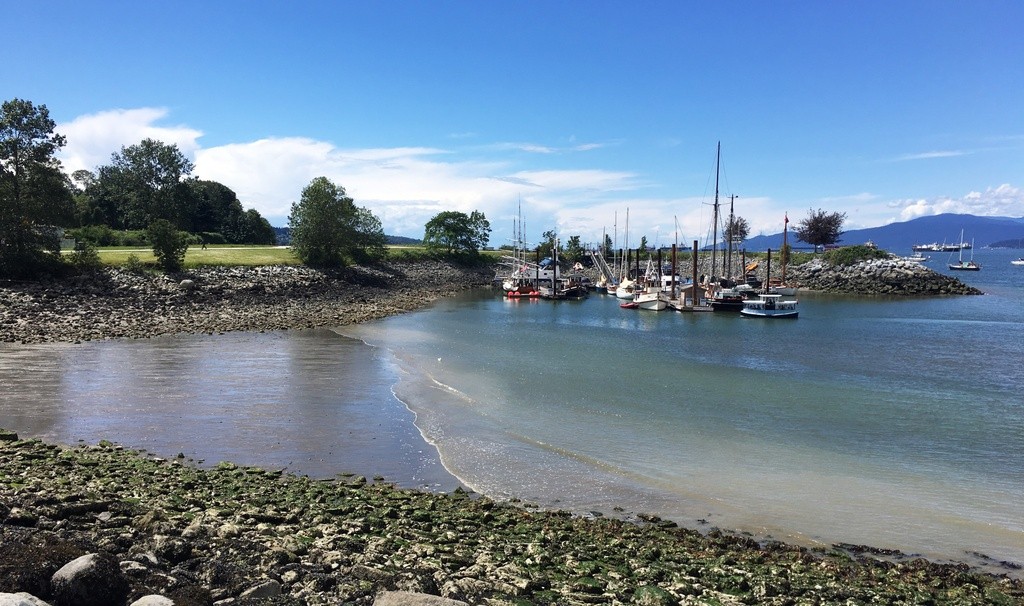Vanier Park (FRK)
Vancouver, British Columbia, Canada

Situated at the mouth of False Creek, Vanier Park is an expansive park that boasts views of downtown Vancouver, Stanley Park, and the north shore mountains. With large open fields, a wide pathway connected to the Seawall, tranquil ponds, a public boat launch, and beach access, this spot is great for experiencing Vancouver’s waterfront.
The Vancouver Museum and Planetarium, Maritime Museum, and the City of Vancouver Archives are all located within the park, which was officially opened in 1967 and named after the Governor General of Canada at the time, George Vanier.
Also located within Vanier Park, Vancouver Ocean Sports is a not-for-profit society that offers membership for access to a variety of paddling programs and equipment, as well as providing boat storage. In addition to waterfront access, Vanier Park is home to a BMX bike park located south of the Burrard Civic Marina. It features dirt ramps, jumps, and gaps.
Amenities
- On the Seawall system
- Public washrooms
- False Creek Ferries access (Maritime Museum Ferry Dock)
- Water fountain
- Vancouver Ocean Sports facilities and rentals
- BMX bike park
First Nations Placenames
Sen̓áḵw (Squamish) or s?a?q? (Musqueam)
First Nations History
Every year, families from upper Squamish villages would travel down to Senákw, where the lands and waters were ideal for fishing, hunting, and harvesting traditional resources. There was an abundance of elk, beaver, deer, salmon, duck, cedar, and more. The people built longhouses and brought neighbouring tribes together for potlatches. Senákw was an important hub for trade, commerce, social relationships, and cultural practices. It was also one of the major trading locations for the whole of Coast Salish territory.
You can also find a 100 foot totem pole here that was carved by Kwakwaka’wakw Chief Mungo Martin for British Columbia’s centennial in 1958.
First Nations information from https://senakw.com/history
The description above was copied from or heavily based on Swim Guide, with permission.
Features
- Boat launching ramp
- Public Restrooms
- Public Parking
- Monitored Water Quality
More Information
- Swim Guide - Weather and water quality for Vanier Park (FRK) and 8,000 other beaches.









